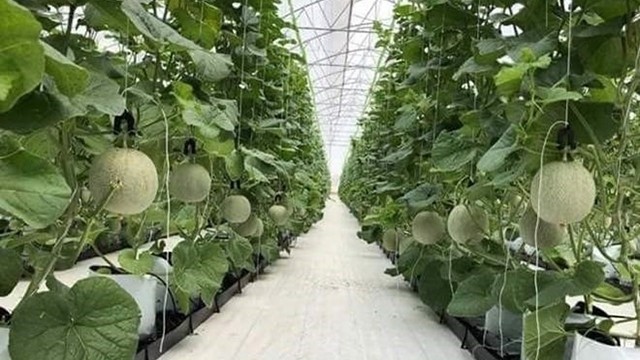The Government has set preferential policies to support the development of hi-tech agriculture, thereby attracting investment from many groups and businesses, such as Vingroup, NutiFood, and Dalat Hasfarm. Scientific and technological applications have been utilised flexibly and dynamically, creating positive changes for Vietnamese agriculture. Over the past few years, the Ministry of Science and Technology has coordinated with the Ministry of Agriculture and Rural Development and the agencies concerned to remove many obstacles in order to create a favourable legal environment for research, transfer, application and innovation of technologies in the field.
Many useful programmes, such as ‘science and technology for new rural area development during 2016-2020’, the National Programme on High Technology Development until 2020, the National Technological Innovation Programme by 2020, and start-up support activities in agriculture, have helped the sector to gain remarkable achievements.
However, the agricultural sector still faces numerous difficulties, including the unstable output of agricultural products and the low technological capacity, as well as the weak infrastructure for establishing an automation system and the lack of skillful human resources and land funds. In addition, the cooperation between enterprises and farmers is risky due to weak compliance with contracts and difficulties in accessing capital sources and the State’s preferential policies. Notably, there isn’t currently a legal corridor to manage and ensure the benefits for businesses, producers and consumers or to protect the reputation and brand name of hi-tech agricultural products.
Developing hi-tech agriculture in Vietnam means not only the application of technological advances in production but also building criteria and standards for products and the production and distribution processes. Therefore, enterprises should actively grasp the criteria and requirements of consumers to constantly improve production processes. The initiative update on science and technology will help them identify the development trend of hi-tech agriculture, and predict the potential and surplus products to adjust the plan.
It is crucial to enhance investment for the development of human resources, support pilot projects and set out policies to encourage enterprises to participate in technology transfer activities as well as building large-scale models of receiving and applying scientific and technological advances according to the value chain, from production and processing to consumption.
In addition, scientists, managers, businesses and producers need to closely cooperate in building and developing hi-tech agricultural production zones. The State should soon develop appropriate mechanisms, policies and processes to concentrate land for hi-tech agriculture, while building development strategies for products in each region, supporting capital for human resource training and creating markets for products’ output.
















